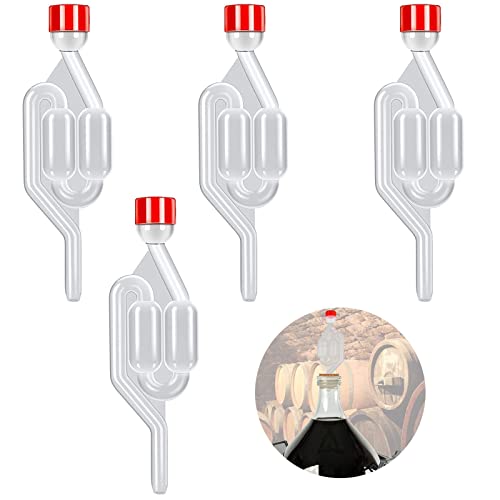Weizenberg
Well-Known Member
The Thiobarbituric Acid Index (TBI) is a measurement of thermal stress in wort and malt.
Maillard products formed from amino acids and reducing sugars during wort boiling are detected using this method.
Measuing the increase in TBI during boil is a good indication of thermal stress.
A low level of thermal stress is beneficial for the flavor stability of beer since fewer Strecker aldehydes are formed.
Generally, a TBI of <45 is desired.
Now, here comes the proverbial spanner....
This figure does not apply to the wort used to produce darker beer styles. Copious amounts of maillard products and Strecker aldehydes are purposely formed in the malt, since they are desirable in the aroma profiles of these beers.
So it depends what you are aiming for. I would not discount the importance and the effect of a carefully conducted boil.
Never mind the effects on free DMS and DMS-P, as well as coagulable nitrogen....
Maillard products formed from amino acids and reducing sugars during wort boiling are detected using this method.
Measuing the increase in TBI during boil is a good indication of thermal stress.
A low level of thermal stress is beneficial for the flavor stability of beer since fewer Strecker aldehydes are formed.
Generally, a TBI of <45 is desired.
Now, here comes the proverbial spanner....
This figure does not apply to the wort used to produce darker beer styles. Copious amounts of maillard products and Strecker aldehydes are purposely formed in the malt, since they are desirable in the aroma profiles of these beers.
So it depends what you are aiming for. I would not discount the importance and the effect of a carefully conducted boil.
Never mind the effects on free DMS and DMS-P, as well as coagulable nitrogen....
































![BREWING THERMOMETER STICKERS ACCURATELY MONITOR FERMENTING BEER & WINE LIQUID TEMPERATURES 5PCS HOME BREW SPIRITS WINE LCD ADHESIVE [US]](https://m.media-amazon.com/images/I/311DDjo2X3L._SL500_.jpg)








